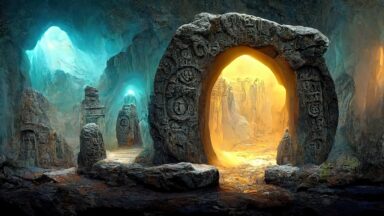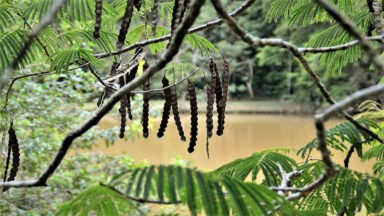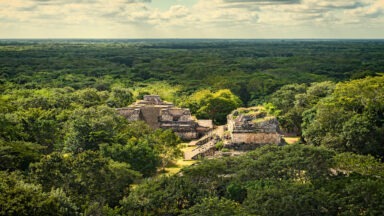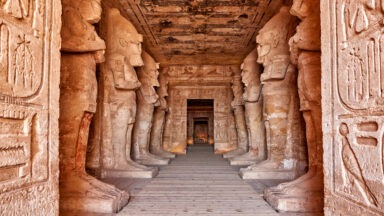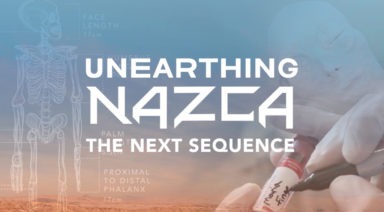11,000-Year-Old Shigir Idol Dated Twice as Old as the Pyramids

German researchers have discovered that a well-preserved, totem-like artifact, known as the Shigir Idol, is nearly 11,000 years old making it more than twice as old as the Egyptian Pyramids. The idol bears similar carvings to those found at the ancient temple ruins of Göbekli Tepe.
The team published its findings in the Cambridge University’s archeological publication Antiquity, calling it the oldest piece of monumental art. Radiocarbon dating originally placed the idol at roughly 9,000 years, though a more accurate technique, known as accelerator mass spectrometry dating, found its true age to be nearly 2,000 years older.
The 16-ft. tall, wooden statue was originally discovered by miners in a bog in the Sverdlovsk region of Russia in the late-1800s. It was preserved by anti-microbial properties of the peat it was found buried in, allowing it to survive since the end of the last ice age, during the Holocene era.
Decorated with human faces and zig-zagged carvings, the idol appears to be held together by a glue-like substance. Mikhail Zhilin, an archeologist involved with the study, said the totem may have been carved by hunter-gatherers to represent local forest spirits or demons.

via salon.com
“They knew how to work wood perfectly,” Zhilin said.
Some experts believe the carvings in the statue may be hieroglyphs containing encrypted information describing the world at the time. A total of eight faces have been identified in addition to the idol’s myriad notches and etchings.

via siberiantimes.com
Researchers, including Graham Hancock, stated that the new dating of the idol may fit in with the Younger Dryas hypothesis, positing that a comet or large meteor struck the Earth around 12,900 years ago, creating a 1,200-year mini ice age.
Hancock says he believes this impact wiped out evidence of older, more advanced civilizations that may have existed then, giving us amnesia of an advanced ancestor.
The 11,000-year dating of the Shigir Idol also coincides with the age of Gobekli Tepe, the prehistoric temple ruins in southern Turkey that pushed back archeologists’ commonly held timeline of human civilization. The two parallel each other in that they prove our human ancestors at the time were capable of metaphysical and spiritual thought, contradicting mainstream theories that this sort of cognition didn’t occur until much later.
Thomas Terberger, a professor involved in the study, said, “We can say that in those times, 11,000 years ago, the hunters, fishermen and gatherers of the Urals were no less developed than the farmers of the Middle East.”
Russian Defense Minister Sergei Shoigu Wants to Clone Scythian Army

The Russian military is reportedly looking to clone ancient warriors. Is it possible, and if so, why would they do it?
In the Siberian Republic of Tuva lie the remains of Scythian warriors and their horses buried for nearly 3,000 years. Now, Russia’s Defense Minister Sergei Shoigu apparently wants to put them back into action.
According to Ancient Origins, Shoigu has announced his desire to clone the 3,000-year-old soldiers telling the Russian Geographical Society, “Of course, we would like very much to find the organic matter and I believe you understand what would follow that. It would be possible to make something of it, if not Dolly the Sheep. In general, it will be very interesting.”
Dolly the Sheep refers to the first mammal ever cloned back in 1996. Now, a Russian-Swiss archeological team is reportedly searching for viable DNA from the graves to clone the ancient warriors. But many scientists are skeptical that this is even possible. No human has ever been cloned—that we know of…






